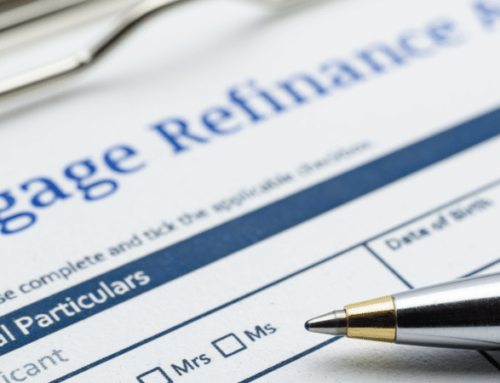Bill and Betty wanted to refinance their home. Although they only bought it a year and a half earlier, interest rates had dropped from 8 percent to under 7 percent.
Like many homeowners, Bill and Betty thought the refinance would be a piece of cake. It wasn’t. The path was littered with little minefields which continued to blow up as they moved toward closing.
The final bomb dropped at closing. Here’s how it happened. Bill and Betty had had the original seller take back a second mortgage. The commercial lender requires its loan to be the first loan on a property, which entitles it to be paid off first in case of a default.
But in a refinance with two lenders, once the first mortgage is paid off, the second mortgage in this case, the original seller moves up in line and becomes the first mortgage.
Before they attempted to refinance, Bill and Betty should have asked the original seller to sign a new subordination agreement; the essence of the agreement states that the second mortgage will stay a second mortgage, instead of moving up to a first mortgage. Without the new subordination agreement, they couldn’t refinance.
But they forgot. At closing, the new lender told Bill and Betty they had three days to get the agreement signed. By law, refinance borrowers are allowed 3 days to either rescind the transaction or to clean up whatever strings remain hanging.
Most closing troubles, including Bill’s and Betty’s, can be avoided with careful planning. Here’s a list of some potential pitfalls for buyers who are closing on their home or owners who are refinancing their mortgage:
-
Not being organized. Organization is the crucial element to any closing. You need to know what to do and what will be expected of you. Talk to your real estate attorney and have him advise you on the steps of a closing as well as the documents you may need.
-
Forgetting to plan out the money. Money mistakes often happen because someone didn’t add or plan correctly. Bill and Betty assumed they could pay any additional costs with a personal check. Sorry, but lenders require either a certified or cashier’s check.
-
Forgetting to change your homeowner’s insurance. In a refinance, single family and townhouse owners must change the name of the lender on their insurance policy and bring the certificate to closing to prove it. Condo owners need to get a new insurance certificate from their building naming the lender as additionally insured under the condo policy.
-
New conditions required by the lender. Lenders will often make sudden demands, such as wanting to see a copy of the canceled earnest money check. Call the lender before the closing and ask for a list of documents they will want to have on hand.
-
New title problems that pop up suddenly. If the owner has had work done to the house, but hasn’t received the correct mechanic’s lien waivers, and the title company finds out work has been done, the owner may not be able to refinance until that title issue is resolved. Or, the owner may have to leave a chunk of money with the title company to pay off any mechanic’s liens that pop up.
How much time should the closing take? Most refinances fall into one of three categories: 35 percent close in under one hour; 60 percent close in under 2 hours; the remaining 5 percent are the problem cases.
Published: Jan 6, 2005






Leave A Comment